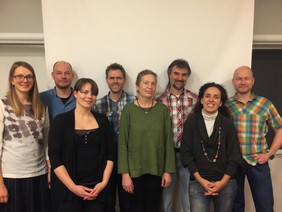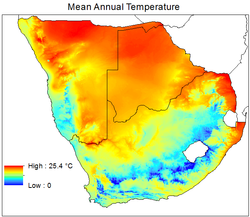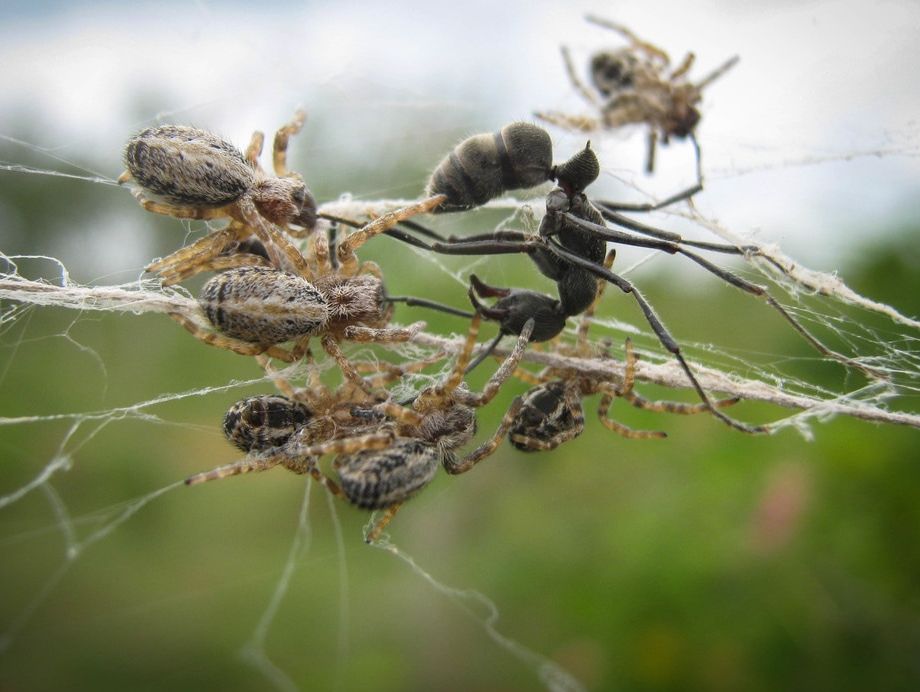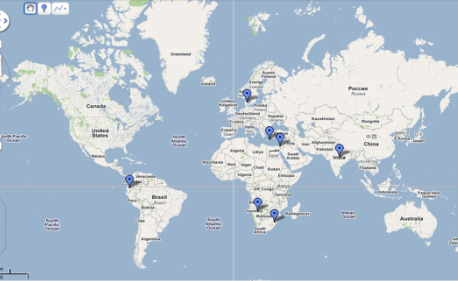
(funded by the European Research Council)
We are interested in integrating ecological and evolutionary research in order to expand knowledge on the evolutionary ecology of inbreeding in wild animal populations. We perform comparative population studies on the consequences of inbreeding in Stegodyphus, a genus of spiders including three independently evolved inbreeding social species as well as outcrossing sister species. We investigate the consequences of sociality and regular inbreeding for population genetic structure, genome-wide genetic diversity, lineage persistence, patterns of gene flow, molecular evolution and evolution of life history traits.

(funded by Novo Nordisk Foundation’s Interdisciplinary Synergy Programme):
Social spiders are highly inbred and show extremely low genetic variation, also in immune genes. Combined with an elevated risk of pathogen transfer among individuals living in close proximity, they should be highly susceptible to pathogens and disease transmission. Nevertheless, social spiders are evolutionarily and ecologically very successful, leading us to hypothesize that microbial symbionts must be essential in their protection against pathogens. We are investigating the potential of host symbionts for producing protective and novel antimicrobial compounds that provide protection against pathogens.
Evolutionary models predict that response to environmental change occur by selection on standing genetic variation and new mutations, but it is becoming apparent that adaptation is more complex than so far realised, calling for integration of non-genetic mechanisms in our understanding of adaption, such as microbial symbionts or epigenetic changes.
Social spiders are have a wide ecological range characterized by very different habitat despite being highly inbred and showing extremely low species-wide genetic variation. We are therefore interested in examining mechanisms other than genetic variation involved in their adaptation:

All animals live in close association with complex microbial communities, which often contribute important function to the host phenotype. We will investigate the influence that bacterial symbionts have on local adaptation in populations of inbred social Stegodyphus in different environments. Bacterial symbionts often contribute important functions to the host phenotype and we aim to determine the spider microbiome, and to identify and link key symbionts that contribute to enhance host performance.
(funded by the Danish Council for Independent research):
Epigenetic modifications contribute to phenotypic variation by modifying gene expression without altering the underlying genetic code, and may therefore facilitate rapid adaptation to environmental change. We are interested in linking epigenetic modifications to the expression of phenotypic traits and individual performance along a temperature gradient, to identify mechanisms that provide adaptive benefits in specific environments.

The evolution of cooperative societies where some individuals reproduce while others act as helpers or workers is intriguing, because of the costs of helping to the performer who sacrifices own reproduction. Division of reproductive and non-reproductive tasks in cooperative societies is expected to reduce conflicts and optimize group performance. We study the evolution of permanent sociality and cooperation in social spiders. Social spiders cooperate in all colony tasks, only some of the females in a colony reproduce while the non-reproducers become helpers. All females, reproducers and non-reproducers, actively provide extended maternal care including self-sacrifice (spiderlings consume adult females). This society structure is perfect for investigating task differentiation in reproductive and non-reproductive roles. We are interested in understanding the social structure of the spider’s colonies and the mechanisms underlying reproduction division of labour and differential participation in non-reproductive tasks such as foraging and web maintenance.
